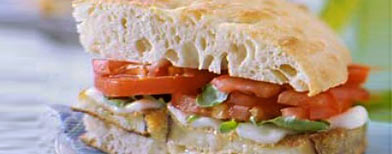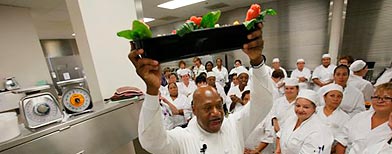We take it for granted today, but less than 100 years ago, the supermarket seemed like some sort of bizarre fantasy. Wait a minute-that’s what it seems like today, too. Well, anyway, here are some historical highlights.
TO MARKET, TO MARKET

At the end of the 19th century, a typical food-shopping trip wasn’t as easy as it is today. Buying groceries would have included, for example:
* Stop at the butcher for meat. (You could also choose from a small selection of canned goods and bread.)
* A stop at the fruit store for fresh produce.
* Stopping on the street to buy from milk wagons, and from horse-and-wagon peddlers hawking their specialties-anything from baked goods to fish or ice.
* A final stop at the local grocer, who sold canned goods, potatoes, and sugar in 100-pound sacks, molasses, and sauerkraut in barrels, bacon in slabs, and butter in tubs. But strolling through the aisles was out of the question. At the counter, customers told the grocer what they wanted and a clerk would fill their order.
THE SELF-SERVE STORE
Then, in 1916 Clarence Saunders opened the Piggly Wiggly store in Memphis, Tennessee. “Astonished customers,” write the Sterns in their Encyclopedia of Pop Culture, “were given baskets (shopping carts weren’t invented) and sent through the store to pick what they needed-a job formerly reserved for clerks.” Although customers were a little bewildered by the dozens of stocked aisles at first, Piggly Wigglyy was an immediate success. It grossed $114,000 in the first six months-with expenses of only $3,400. Before long, there were over 1,000 of them in 40 states. The self-serve grocery store began to spread.
ROAD WARRIORS
Amazingly, one of the biggest factors in the growth of the supermarket was the invention of the automobile ignition switch. Previously, housewives had to limit their shopping to store within walking distance; it was too difficult and dangerous to turn the starter crank to get the car started. But once their was an easy way to start the car, housewives were set to travel miles to get a bargain.
This led to another significant innovation: the free parking lot. For the first time, parking was available right in front of the store, customers didn’t have to look for a space on crowded streets. The attractiveness of this concept was demonstrated when the Kroger Grocery and Bakery Company opened in Indianapolis, surrounded on four sides by free parking lots. The store performed 40% above initial predictions, and a whopping 80% of customers arrived by car.
PRICE MAULING
When the Depression hit in 1929, families found themselves struggling to buy food. Michael Cullen, manager of a Kroger grocery store, suggested opening a huge self-serve store far from high-rent districts, selling everything a shopper needed under one roof. Kroger executives thought the idea was crazy. So Cullen did it on his own, using his life savings. King Kullen, the Price Wrecker, opened in March 1930 in an abandoned warehouse in Jamaica, Long Island.
Cullen knew the grocery business inside and out, which allowed him to buy drastically reduced merchandise from the surplus stocks of food manufacturers. Plus, his store’s size gave him great buying power; he he bought massive quantities at lower prices than his competitors could. Success came quickly. Two years later, Cullen was operating seven more stores, and the super store concept was widely imitated. A few years later, in 1933, Cincinnati’s Albers Supermarket became the first store to actually use the term “supermarket”.
When Sylvan Goldman invented the shopping cart in 1937, supermarkets had everything they needed for long-term success.
SUPERMARKETS’ WEAK SPOT
As chain stores became more powerful, both the media and independent grocers began campaigns against them. Even Time magazine referred to them as “cheapies”, assuring the American public that these giant disgraces were only due to bad times and would disappear soon. Independent grocers launched campaigns to boycott supermarkets because they used “unfair” methods to overcome their competition-such as staying open at night and selling items at or near cost. But customers were thrilled to be paying significantly less for food and continued to patronize them. In New Jersey a law making it illegal to sell food at or below cost was passed… and then quickly withdrawn when consumers raged that it was making them pay more for no good reason.
A SYMBOL OF DEMOCRACY
But the real explosion in new supermarkets came in the baby boom years. In 1951, Collier’s magazine reported that more than three new supermarkets were opening a day in the United States, a pace that only increased in the 1960s. In 1950, supermarkets accounted for 35% of all food sales in America; by 1960, that figure was 70%. Small groceries began to thin out.
Now the media reversed itself. Supermarkets were no longer a national disgrace-they were a unique symbol of American ingenuity. Beginning in 1956, the U.S. government even began using supermarkets as a propaganda tool to promote “the American Way.” Soviet premier Nikita Kruschev and Queen Elizabeth both paid rapt attention as guides at supermarkets demonstrated how a steak was wrapped in cellophane. The U.S. Information Agency even arranged for the Pope to come and bless an American supermarket.
The government set up demo stores in several European cities, where people were amazed at the variety of food under one roof. Italians in particular were astonished by certain aspects of American supermarkets, such as pet food, which didn’t exist in Italy. It drew such a large crowd that the pet food section had to be removed. Another was the concept of self-service. Italians were amazed that they could actually touch food before they bought it. Some even suggested that the United States had devious motives in introducing the supermarket. Left-wing newspapers were full of conspiracy theories.
Supermarkets are widespread in many countries today, but they remain an international symbol of American culture and know-how.

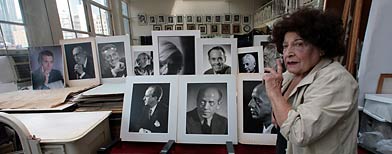

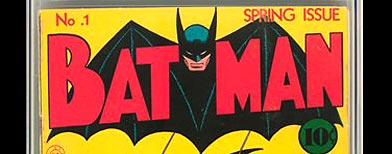

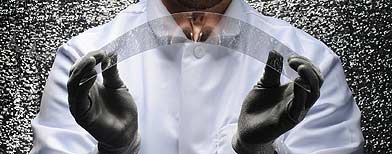
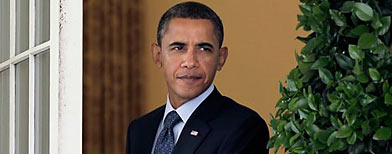

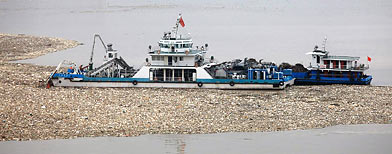
 Makes you look forward to jury duty ... not!
Makes you look forward to jury duty ... not!











 Catedral Nueva in Salamanca, Spain, was constructed between the 16th and 18th century – so how did an unmistakable carving of an astronaut end up amongst the baroque curlicue carvings and Gothic monsters on the cathedral wall?
Catedral Nueva in Salamanca, Spain, was constructed between the 16th and 18th century – so how did an unmistakable carving of an astronaut end up amongst the baroque curlicue carvings and Gothic monsters on the cathedral wall?


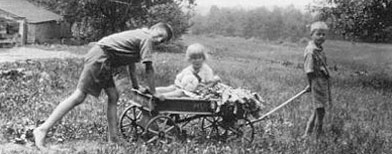
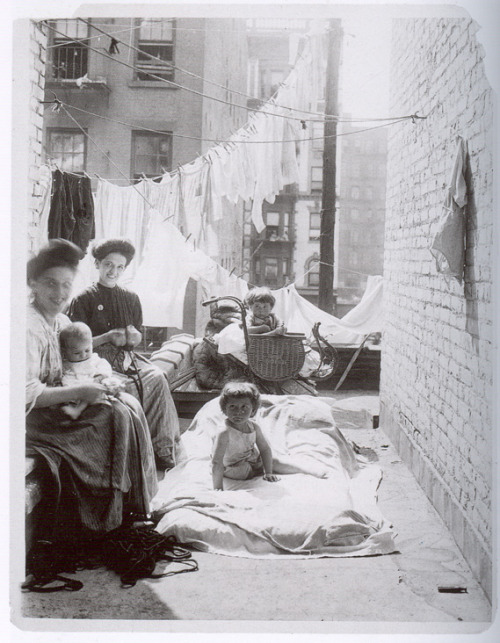


 Anyone who has watched "Masterpiece Theater" or
Anyone who has watched "Masterpiece Theater" or 




